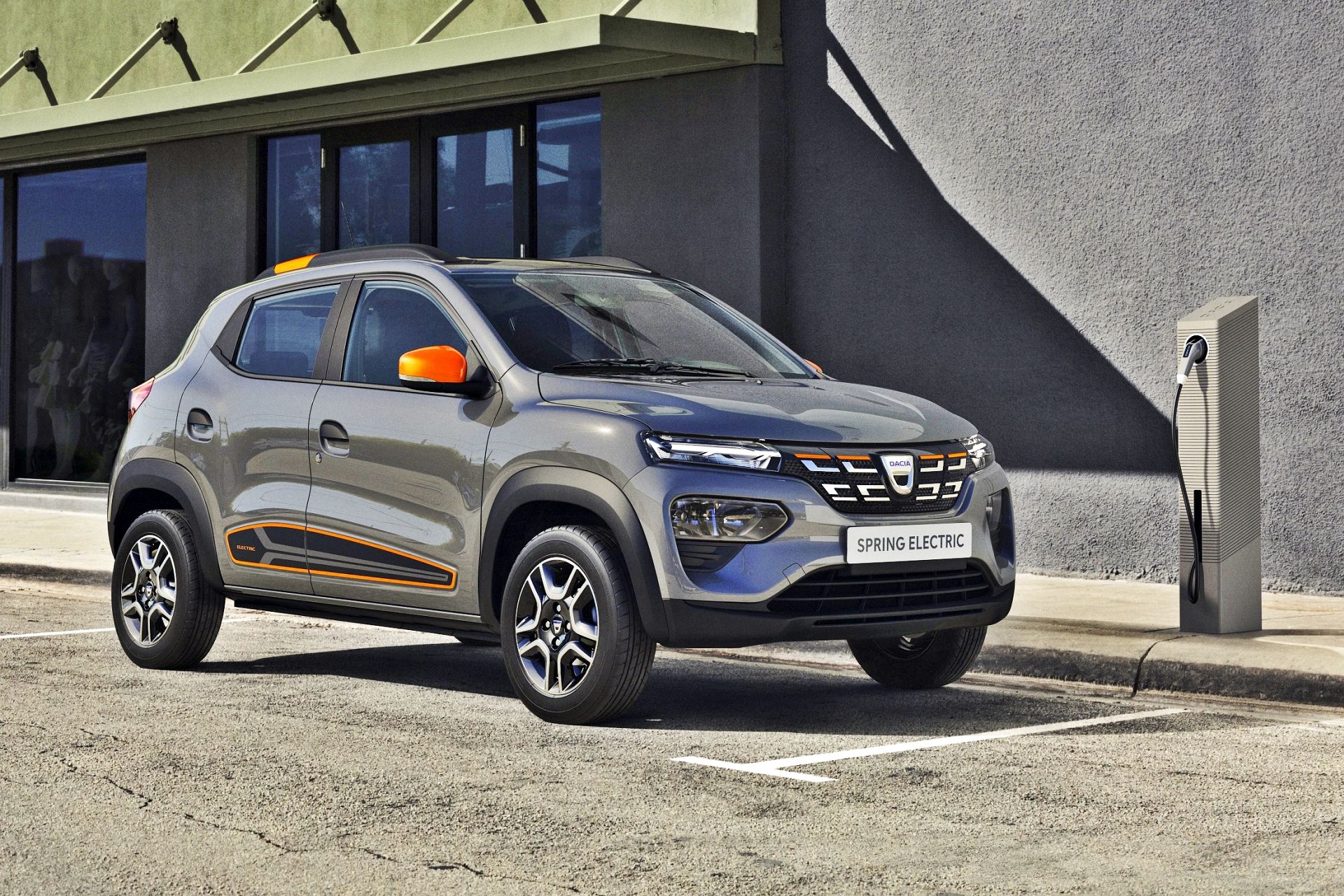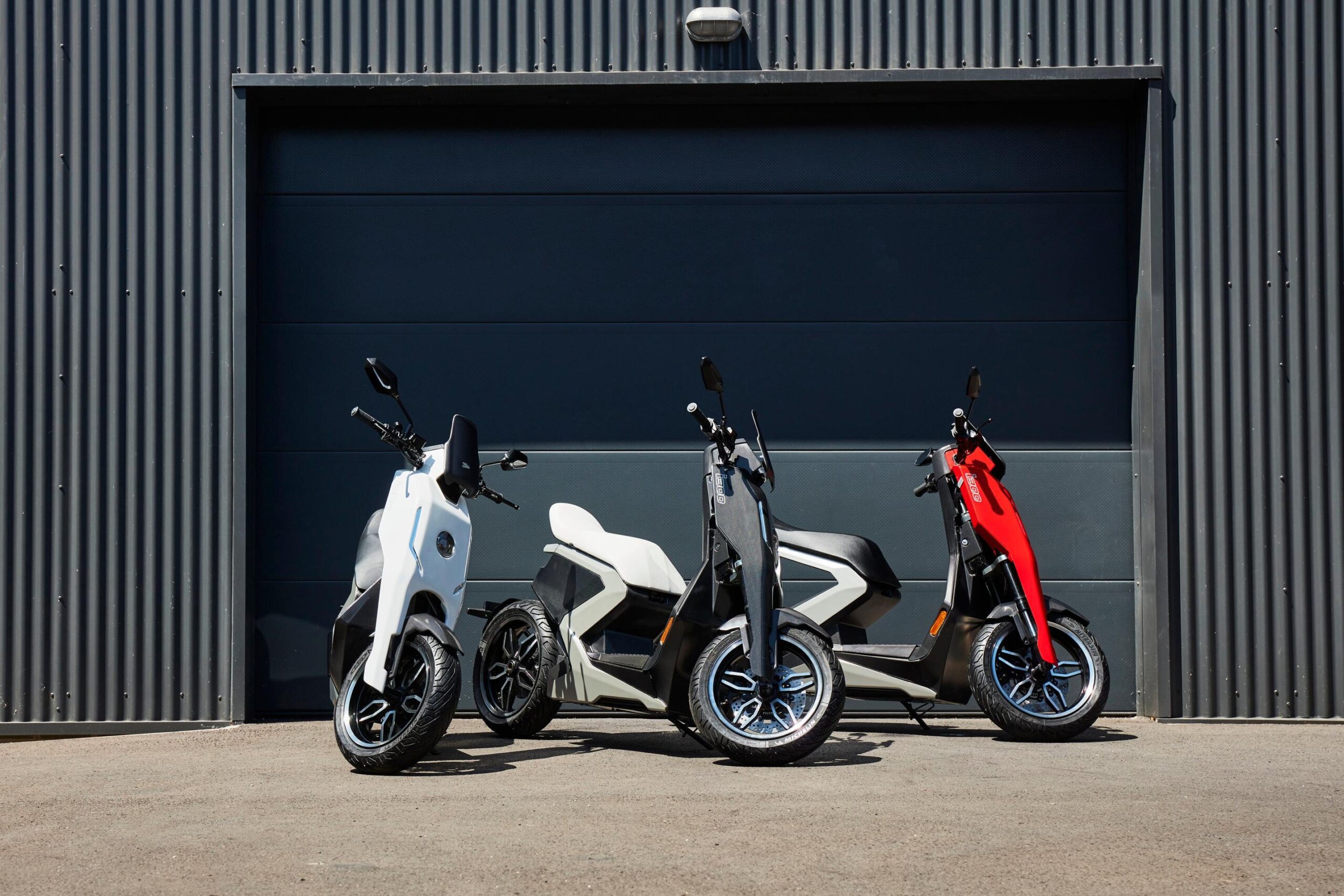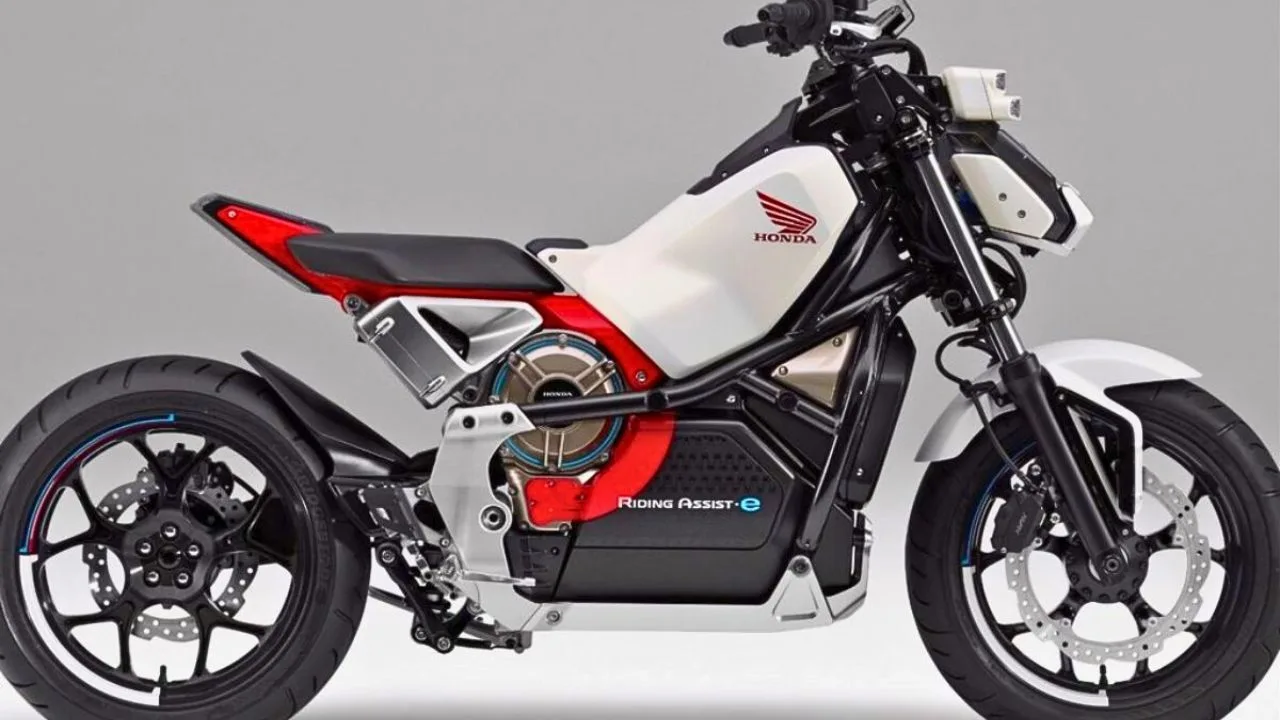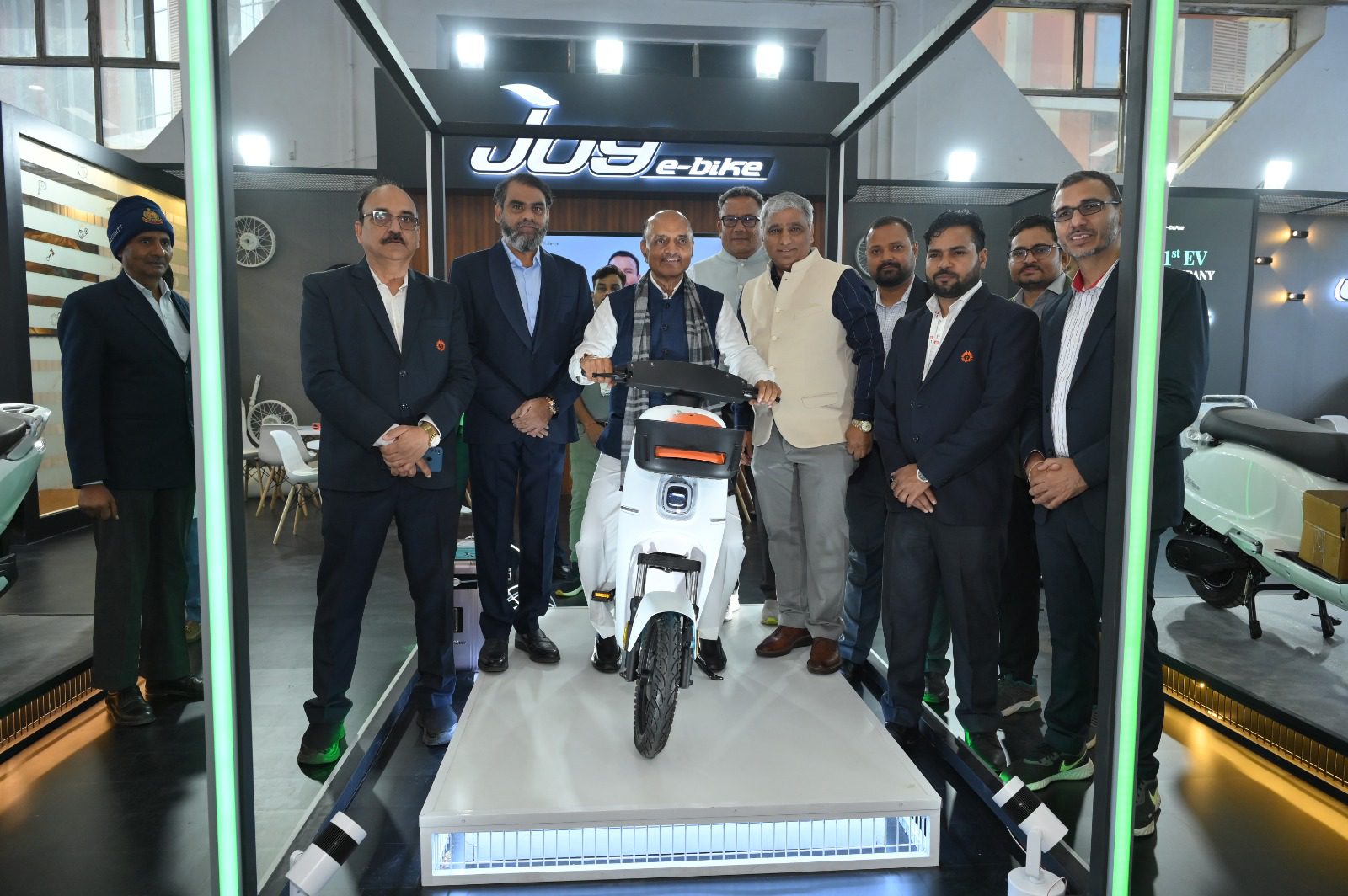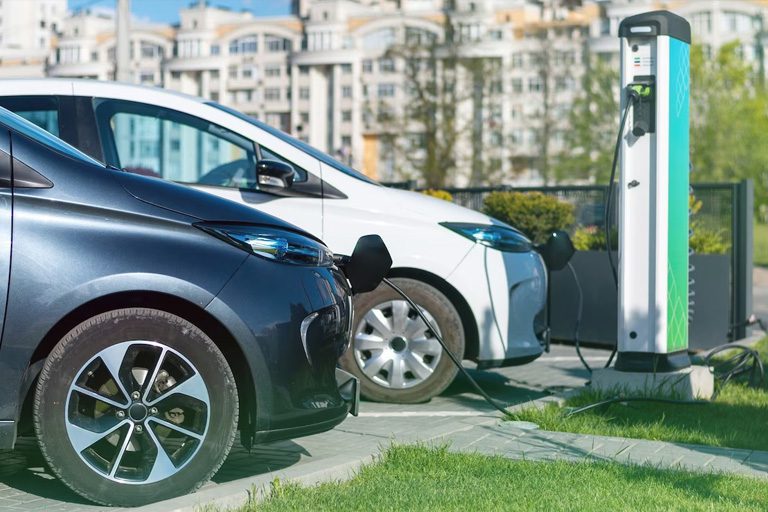Table of Contents
The electric vehicle (EV) landscape in India is rapidly evolving, and the recent spotting of the Dacia Spring EV in the country has generated significant interest.
Essentially a rebadged version of the next-generation Renault Kwid EV, the Dacia Spring EV offers a glimpse into what we can expect from the upcoming Indian model. Although heavily camouflaged during testing, the spotted test mule revealed key design elements.

Key Features of the Spotted Model:
- Dacia Branding: The new Dacia logo was prominently displayed, hinting at the potential rebadging for the Indian market.
- Design Similarities: The overall shape closely resembled the current Kwid, suggesting a familiar silhouette for Indian consumers.
- Modern Touches: The headlamp design with LED DRLs positioned on top and wraparound taillights added a contemporary look.
- Robust Appearance: Plastic cladding around the wheel arches and rear bumper enhanced the car’s rugged appeal.
The Dacia Spring Cargo prioritizes functionality over frills, reflecting its role as a workhorse. While specific details may vary by market, it’s reasonable to expect a simple, user-friendly infotainment system focused on essential functions.
This typically includes a basic touchscreen display for audio controls, smartphone connectivity, and possibly navigation. Given Dacia’s emphasis on affordability, the system is likely to be easy to operate, prioritizing practicality over advanced features.
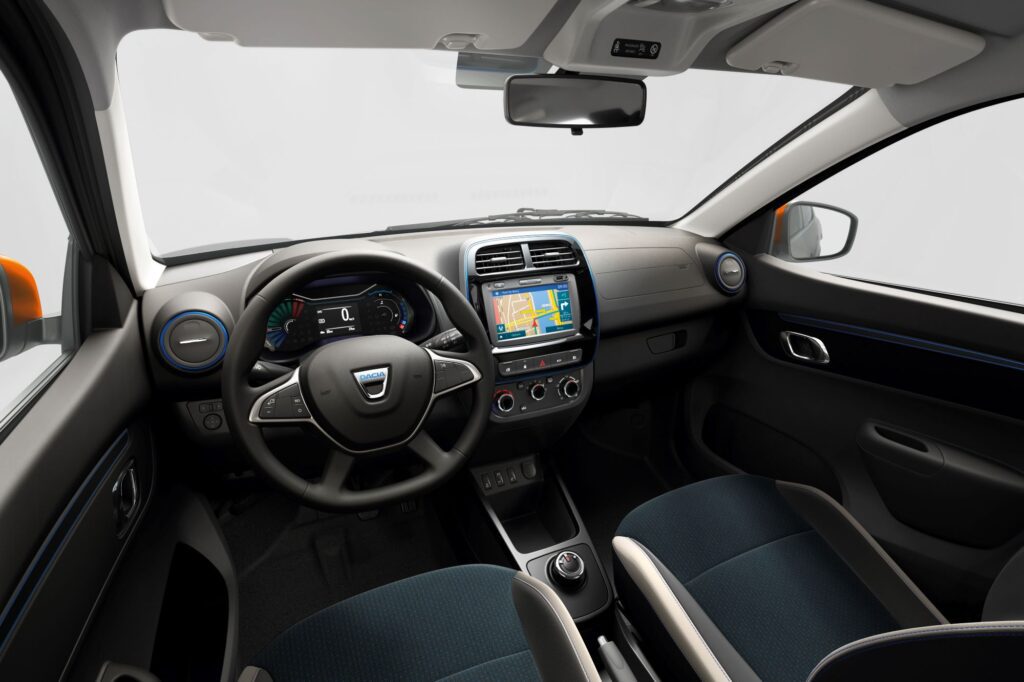
Dacia’s commitment to accessible electric mobility extends beyond passenger cars with the introduction of the Spring Cargo. This practical variant transforms the compact Spring into a versatile electric van, ideal for last-mile delivery services and urban businesses.
By removing the rear seats and installing a sturdy partition, the Spring Cargo boasts a generous cargo volume of 800 liters and a payload capacity of 325 kilograms.
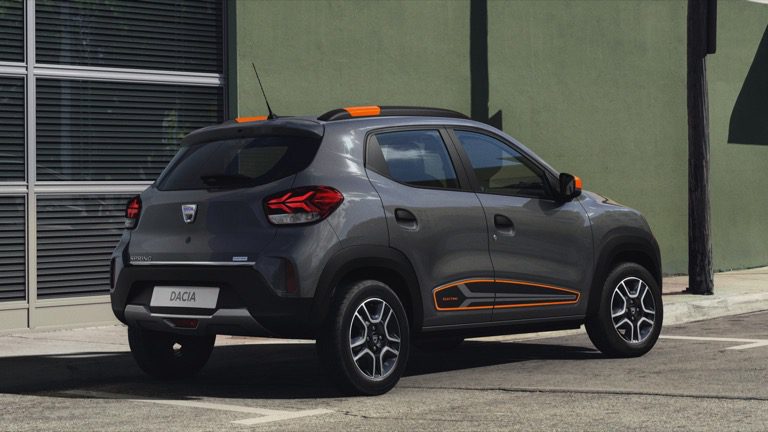
This spaciousness, combined with the electric powertrain’s zero-emission benefits, makes the Spring Cargo an attractive option for businesses looking to reduce their environmental impact while maintaining operational efficiency.
Key features of the Dacia Spring Cargo include:
- Spacious cargo area: 800 liters of volume for efficient load carrying.
- Payload capacity: Up to 325 kilograms for various delivery needs.
- Electric powertrain: Zero tailpipe emissions for a cleaner environment.
- Compact size: Ideal for maneuvering in urban areas.
Implications for the Indian Market:
The arrival of the Dacia Spring EV in India signifies Renault’s commitment to the growing EV segment. By introducing an affordable electric option, the company aims to capture a wider audience.
Key takeaways from the spotting include:
- Potential for a budget-friendly EV: The Dacia Spring EV’s positioning as a budget-friendly option suggests that the India-spec model could follow suit.
- Familiar design language: The resemblance to the Kwid indicates a potentially smooth transition for Indian consumers.
- Focus on practicality: The car’s emphasis on space and utility aligns with the preferences of Indian buyers.
Key Features:
- Competitive Pricing: Offers exceptional value for money, making electric ownership more accessible.
- Compact Design: Ideal for city streets, with easy maneuverability and parking.
- Spacious Interior: Surprisingly roomy cabin and decent cargo space for its size.
- Zero Emissions: Contributes to cleaner air with no tailpipe emissions.
- Essential Features: Provides basic amenities for daily commuting needs.
Ideal for:
- Urban dwellers seeking an economical electric vehicle.
- Budget-conscious drivers prioritize practicality over luxury.
Range and Charging:
- Battery Options: Available in two variants: Spring Electric 45 (33 kWh) and Spring Electric 65 (48 kWh).
- Range: Offers a WLTP-certified range of approximately 165 kilometers (45) and 230 kilometers (65).
- Charging: Supports both AC and DC charging, with a maximum charging power of 30 kW for DC charging.
The Broader Electric Vehicle Landscape:
India’s electric vehicle ecosystem is growing rapidly, with increasing government support and infrastructure development. The focus on affordable electric cars is crucial to accelerate the adoption of electric mobility.
As the EV market in India continues to mature, the Dacia Spring EV, or its Renault counterpart, has the potential to become a significant player in the affordable electric vehicle segment. The Dacia Spring EV is a compact, budget-friendly electric vehicle designed for urban living. Its focus on affordability and practicality makes it an attractive option for those seeking an eco-conscious and economical transportation solution.


